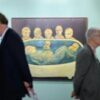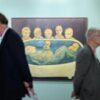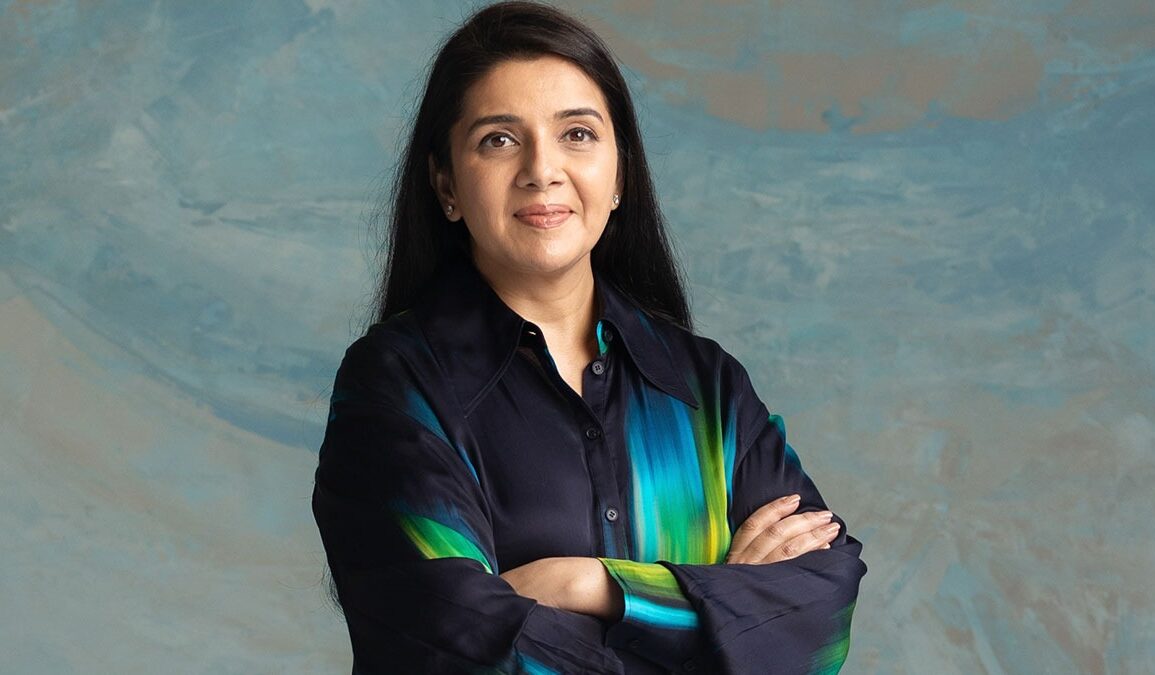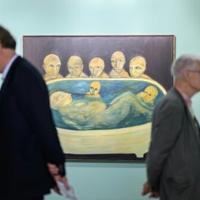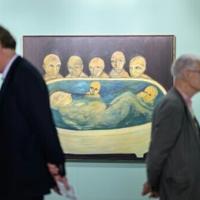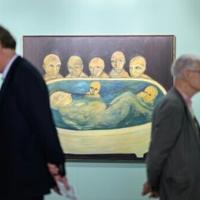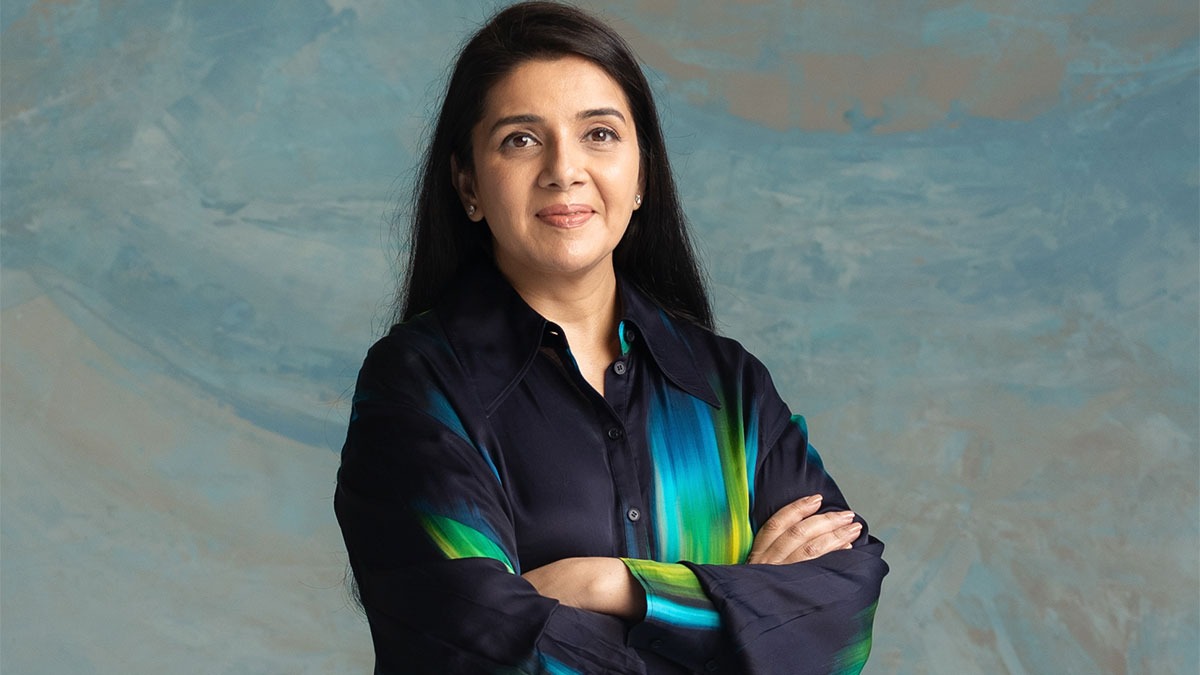
As India Art Fair, India’s premier art event is all set to kick off its 16th edition at the NSIC Exhibition Grounds in New Delhi from February 6 to 9, Business Today speaks to Jaya Asokan, Fair Director, India Art Fair (IAF) on the scale of this edition, growth in the Indian art market, and some advice for young collectors. Edited excerpts:
How have things changed at the India Art Fair since you took over in 2021. What is so exciting about it for you this year?
If you look at the last two years, there has been a tremendous increase in the scale both physically and digitally. I think we have incrementally achieved this by adding a lot of parallel events that run concurrently with the main fair, and at the physical level, of course, we have brought within the fold, engaging talks. We have grown exponentially in the last three years and this year is our largest with, I think, 123 exhibitors.
We have robust programming including art activities for children and differently abled people. We also have a huge contingent of international galleries, some of the best in the world, which we are very excited to host in India. And then we have 26 institutional participants.
The art fair is also now not restricted to just these four days, right?
Throughout the year we do workshops, collector weekends etc. We are very supportive of anything happening in another city, be it the Mumbai Gallery weekend, or the Chennai Photo Biennale, etc. So, we are both constantly doing things in alignment with other partners, and doing our own events in different cities through the year. They’re smaller, but we have constant presence and it’s a way for us to engage, to educate, and to also build a collector base for the country.
How is the Indian art market performing and where do you see it headed over the next decade?
I think it’s vibrant, it’s emerging and very dynamic with immense opportunity and growth. The South Asian market more generally has seen a huge growth in recent years. And I think the development of the Indian market has played a vital role. What I think is significant about it is that there’s a strong domestic demand. So, there is a growing passion and interest in collecting beyond the traditional art centres of New Delhi and Mumbai, in places like Surat, Ahmedabad, places like that.So, I think it’s based on sustainable growth now. It’s not a boom-and-bust model. It has a very strong and resilient foundation. And I think there’s also been expansion across the country, one because of the growing population and wealth driving a passion for collecting in many Indian cities. But also, now we have so many more initiatives as well.
We just had the Bengal Biennale, the Chennai Photo Biennale, Jaipur Art Week, then there is the Kochi Biennale. There are many things happening in the country, which adds an impetus for art to be more seen and understood and to grow an audience.
Collectors too are now looking at newer artists and not just the masters. What are you doing to promote newer artists?
We have many things to aid this. Each year the Fair champions a diversity of young artistic practices and boundary breaking voices in our Artists in Residence programme where we select three or four young artists from all parts of India who are not represented by galleries, and we give them an opportunity to present their work at the Fair. Then we also have a Young Collectors Programme, which is offsite, where we get an emerging gallery to show its works at great price points. The works are by young, upcoming artists and are reasonably priced, so they attract new collectors. We have got a great response to our Young Collectors Programme.
What is your advice to people who are starting out, who want to invest in art, want to collect art? What is your advice to them?
I think firstly see as much as you can before you buy. Really make an active effort to go to galleries, shows, etc. I think the Internet is also a fantastic place because these days everyone has an Instagram account, so you can even engage with the artist himself. And I think this younger generation is quite different because there is this sense of almost pure support. So, they like people who are the same generation as them and are doing things. Eventually when you do buy, just go by your gut and buy what you like.
Of course, please read up on the artist and go through his/her CV and understand their background is. It’s always interesting, but first and foremost go by your instinct of whether you like the work or not. The first impact must be visual.
Is digital art becoming a large part of the art world, or do you think it’s still a niche?
It’s growing globally a little bit more. We partnered with Apple in our last two editions to do digital Artists in Residence, where we not only had AI, but digitally rendered projects too.
We feel that digital mediums are no longer separate from the artistic process we are seeing today. Artists and designers are now exploring interdisciplinary approaches in their practice, and this oftentimes includes the digital. This year, we have a lot of digital art at the fair, but it is in the galleries themselves whereas, the last two years, for instance, we highlighted it and gave it a separate section.
What are the trends that are going to define the art world over the next few years?
India is being seen a lot more globally. If you look at the shows that have happened recently, or even at museums, there is a seminal of Indian and South Asian art. So, I think that’s a trend that is growing, that we have much wider representation on a global platform. We’re also definitely seeing a huge resurgence of contemporary artists. It’s no longer about only the masters.
This post was originally published on this site be sure to check out more of their content

